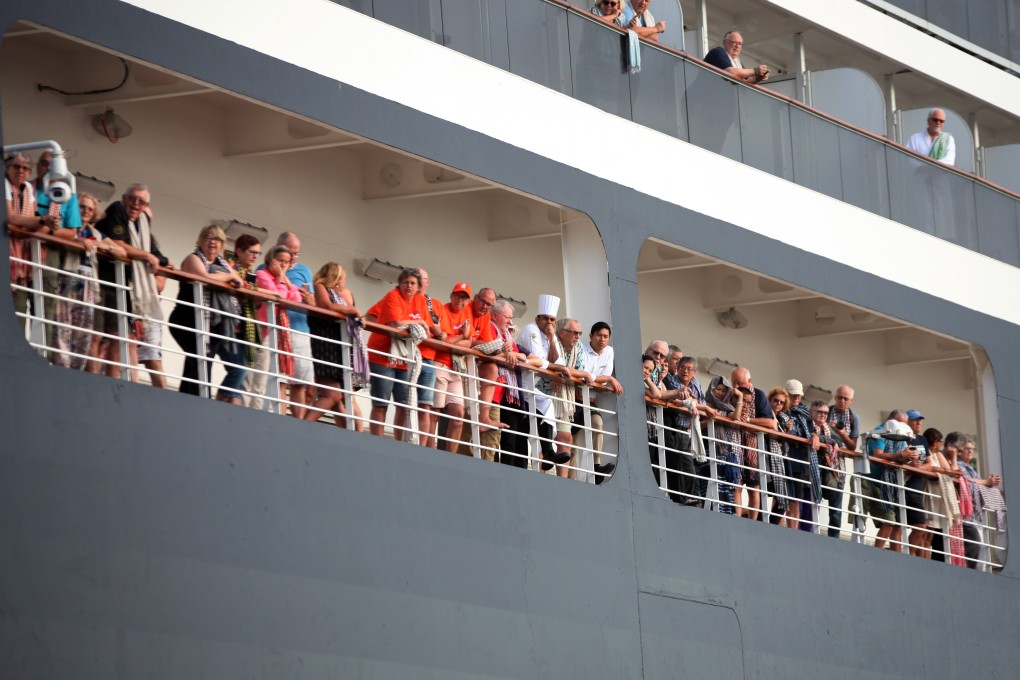Advertisement
‘Worse than an aeroplane’: how being confined to a cruise ship fuelled the coronavirus spread
- With thousands of people confined to a space with limited airflow, cruise ships are an ‘enabling environment’ for the spread of infectious diseases
- The air circulation on a cruise ship is worse than on a plane, where the risk of transmission falls the farther you sit from an infected person
Reading Time:4 minutes
Why you can trust SCMP

As coronavirus infections on the Diamond Princess in Japan swelled from 10 to more than 600 over a two-week period, experts warned that cruise ships may be one of the worst places to be during an outbreak.
Advertisement
From February 4 to Thursday this week, the ship’s 3,700 guests and crew were kept on the ship docked in Yokohama, as the vessel became the site of the largest outbreak of the novel coronavirus outside mainland China.
The air circulation on board might have played a major part in that, experts said.
“The ship is an enabling environment for an illness such as Covid-19 to spread,” said Jean-Paul Rodrigue, professor of transport geography at Hofstra University in New York. “Air circulation there is worse than on an aeroplane.”
[Japanese authorities] have realised that a cruise ship is pretty much the worst environment to be stuck in.
“A cruise ship is an almost ideal environment to enhance the transmission of a virus, whether norovirus, coronavirus, or flu, from person to person,” said William Schaffner, an infectious disease specialist at Vanderbilt University.
Advertisement

Advertisement